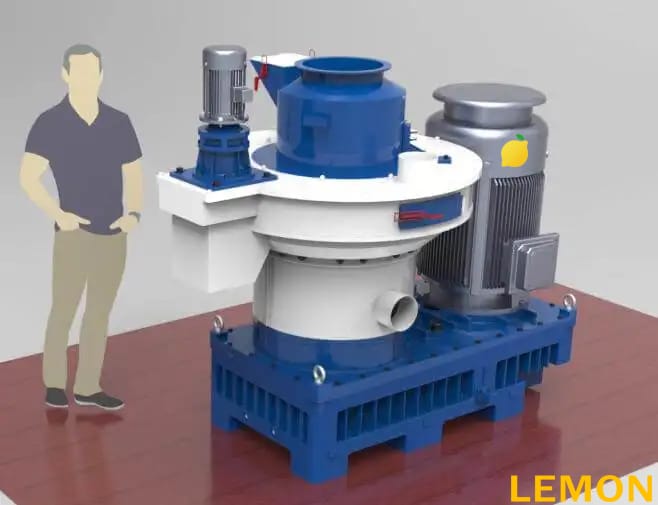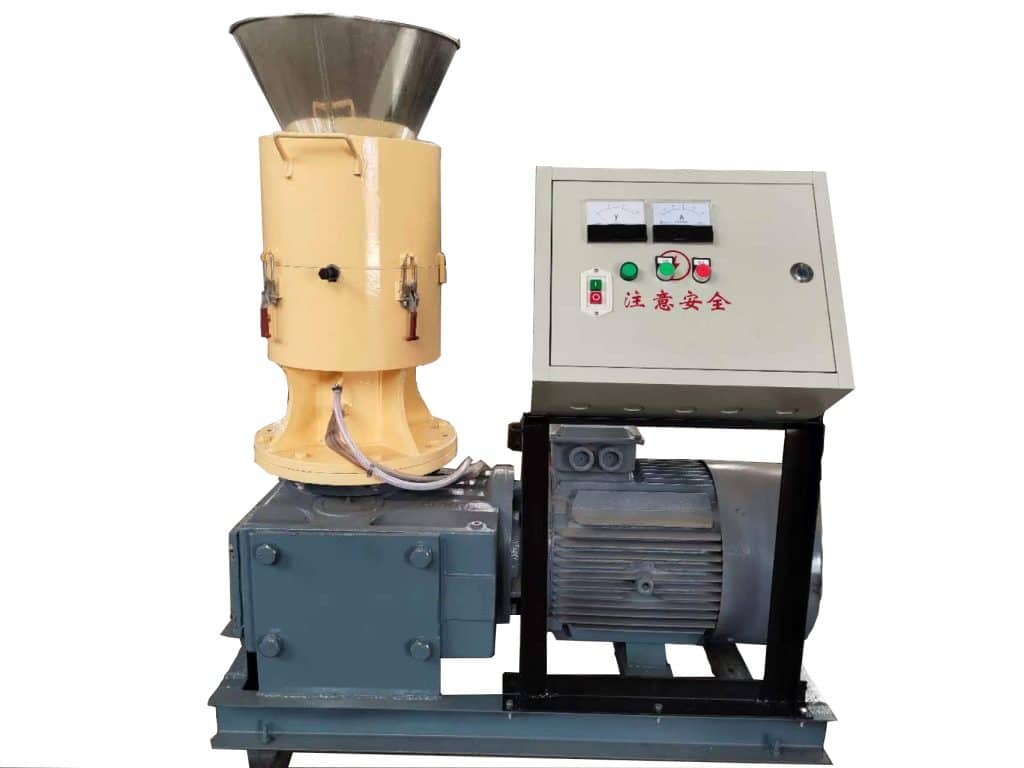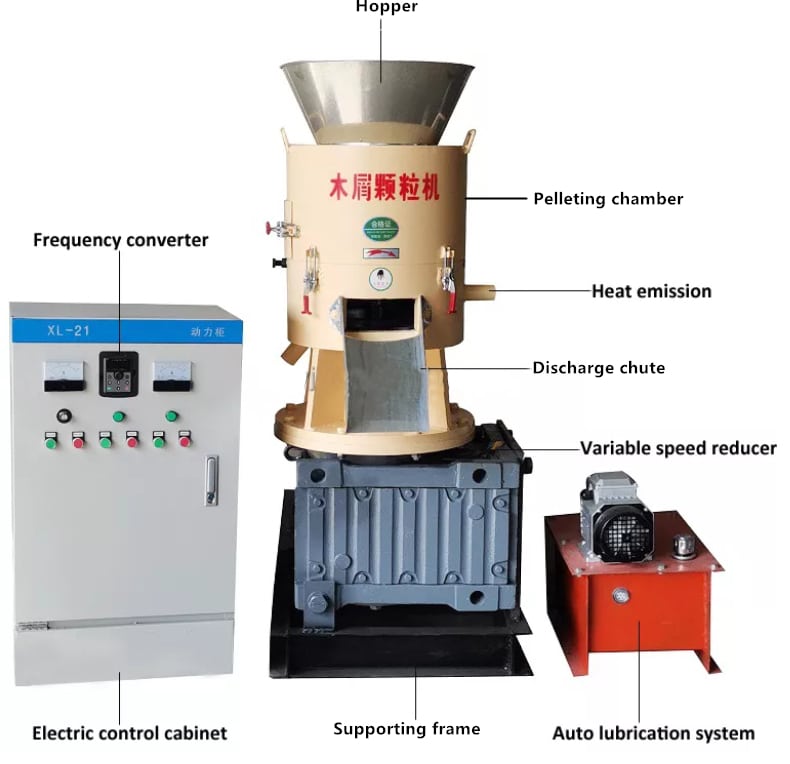
Types Of Pellet Mills: The world is continually searching for energy assets which are more friendly toward the environment. And the reason is that various energy resources are producing a great deal of carbon impression.
By presenting the pellet processes, the world will get a cleaner energy type, which is more reasonable for the world in regard to sustainability.
In any case, to comprehend pellet energy, it is fundamental to have some familiarity with the different kinds of purposes and the advantages that this energy source will give, so for a more in-depth study of this energy source, remain till the end!
What actually are pellet mills


The pellet mills/plants are straightforward machines that change the unrefined substances raw material, which are side-effects, into round and hollow compacted shapes and are then utilized as fuel. This cycle is utilized in different enterprises, and these pellets are used as fuel for businesses.
Pelleting isn’t simply a course of compacting into reduced shapes; it requires a couple of steps by which the raw material components are changed into valuable fuel items.
Firstly, the raw material is prepared, and in the preparation of the raw material, different waste products are dried in order to remove their moisture, and then they become ready for the next step.
Then, the dried raw material is passed on to the pellet mills. There, they are conditioned with steam and heat, similar to the extrusion process of food products. But here, the purpose is to make them pliable.
Then, the pelletization process starts when the rotary dies and the rollers inside the pellet mill apply high pressure. Heat is also applied in the process, and the extruded product is obtained, which is cooled, and then it is ready to use.
Types of pellet mills
The millet mill machines come in a variety of models, and each has the capability in their respective niche. Here, we are going to discuss the four major types that are used with their functions.
Briquette machine/mill
The briquette is a mill that is not for small-size pellets, and they are used on a larger scale to make large-size pellets. The briquette mill uses hydraulic pressure to do the process of pellet formation.
The pellets formed by the briquette machine are mostly denser than the others in comparison. The common purposes of briquette machines are mostly used as fuel for the industries where heating and cooking processes are done.

Small feed pellet mill
Another type of pellet mill is the small feed pellet mill. The small feed pellet mill is used to produce pellets that are used in the feed of the livestock. It has a lot of size options according to the needs of your production. In terms of the die, it is often equipped with flat dies. The pellets formed are commonly used for poultry and other livestock.

Flat die pellet mill
As the name suggests, this pellet mill will also have the flat dies attached. They are also used in order to make the pellets that are used for the livestock. But apart from that, you can also use the pellet for the fuel. They are small-scale mills with a low capacity and are often used on a smaller scale.

Ring die pellet mill.
The last one on the list is the ring die pellet machine. It is a mill that is often used on a larger scale. It is not intended for livestock food preparation but for fuel like biomass pellet fuel. As they are used on a wider variety they have a high efficiency and productivity in comparison to their counterparts.

Tops uses pellets
Talking about the uses of pellets, we have combined some popular uses, so here it goes!
Biofuel production
The pellets can be used as a biofuel. Biofuel is the new trend as with the use of traditional fuel sources, the carbon footprint is increasing, and now it is high time that we strive for a more friendly solution in terms of the environment. And pellet use as a biofuel can really help this cause.
Basically, two types of pellets are produced, which are used as biofuel, namely wood pellets and biomass pellets. The wood pellets are used for heating purposes in residential areas and also in industries. The biomass pellets are used for power plants and boilers in industries.
The biomass pellets include residues from all sources, like forestry crop residues. These pellets are more and more important than the other pellets because they are a source of carbon-neutral energy, and that is because the plants absorb the carbon dioxide produced in the combustion process so no carbon dioxide is released.
As an animal feed
The pellets are also used for the feed of the livestock. In the animal husbandry industry, the use of pellets is increasing as it provides high-quality feed with good nutrition and easy digestion. The feed is used in the poultry industry as well.
The pellet mills are not only providing feed to the animals on the ground but also to the fish and the aquaculture. The feeds are now enriched with growth enhancers so they can grow quickly.
Benefits of pellet mills
The pellet mills provide benefits such as
Environment benefits
The pellet mills can provide many benefits, one of which is the environmental benefit. With pellets, you get a lot less emission of harmful gasses, and thus, the combustion of the pellet is less dangerous.
Cost efficiency
In its comparison of cost with the traditional sources of fuels, it is quite less costly than the traditional sources. The traditional sources of fuels are depleting, and that is why they are becoming more and more costly, whereas the biofuel from the pellet is made from residues or waste, and that’s why it is less costly.
Ease of handle and storage
In comparison to the other forms of fuel sources, the pellets are easy to handle and store. You need dedicated storage options for oils and fossil fuels, whereas, for pellets are easily adjustable anywhere.
Also Read: Single Rotary Drum Dryer
